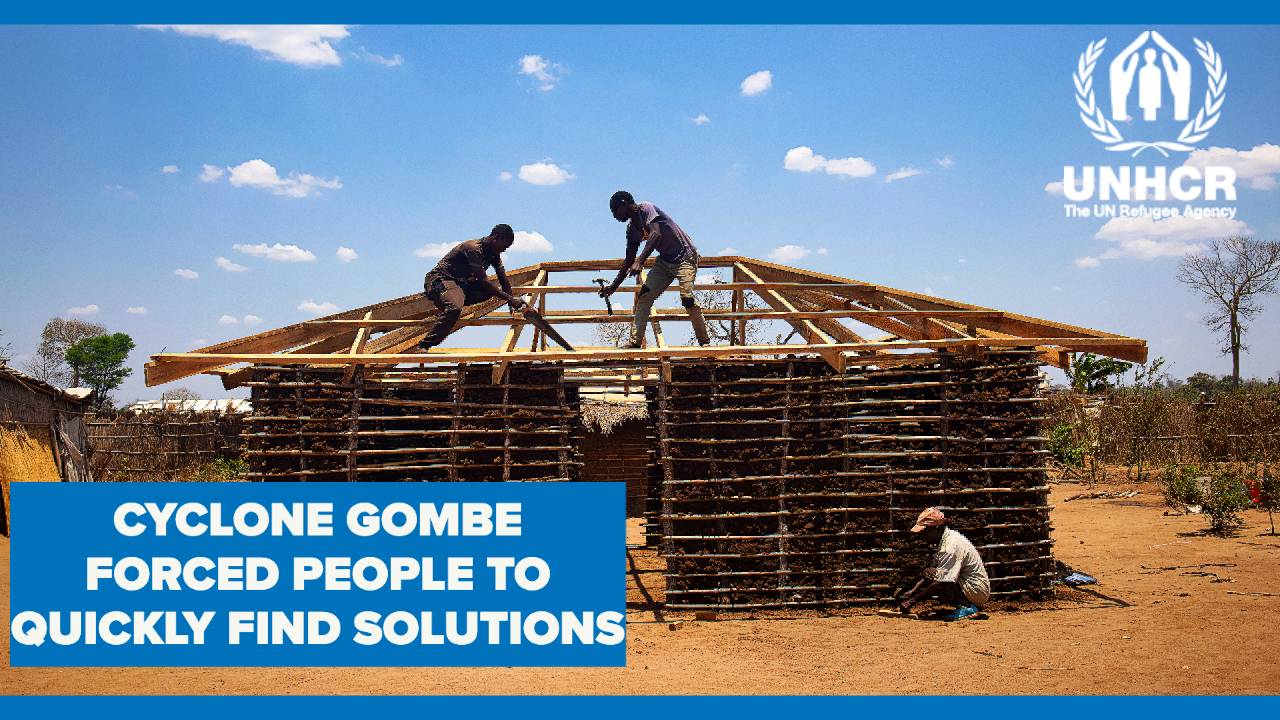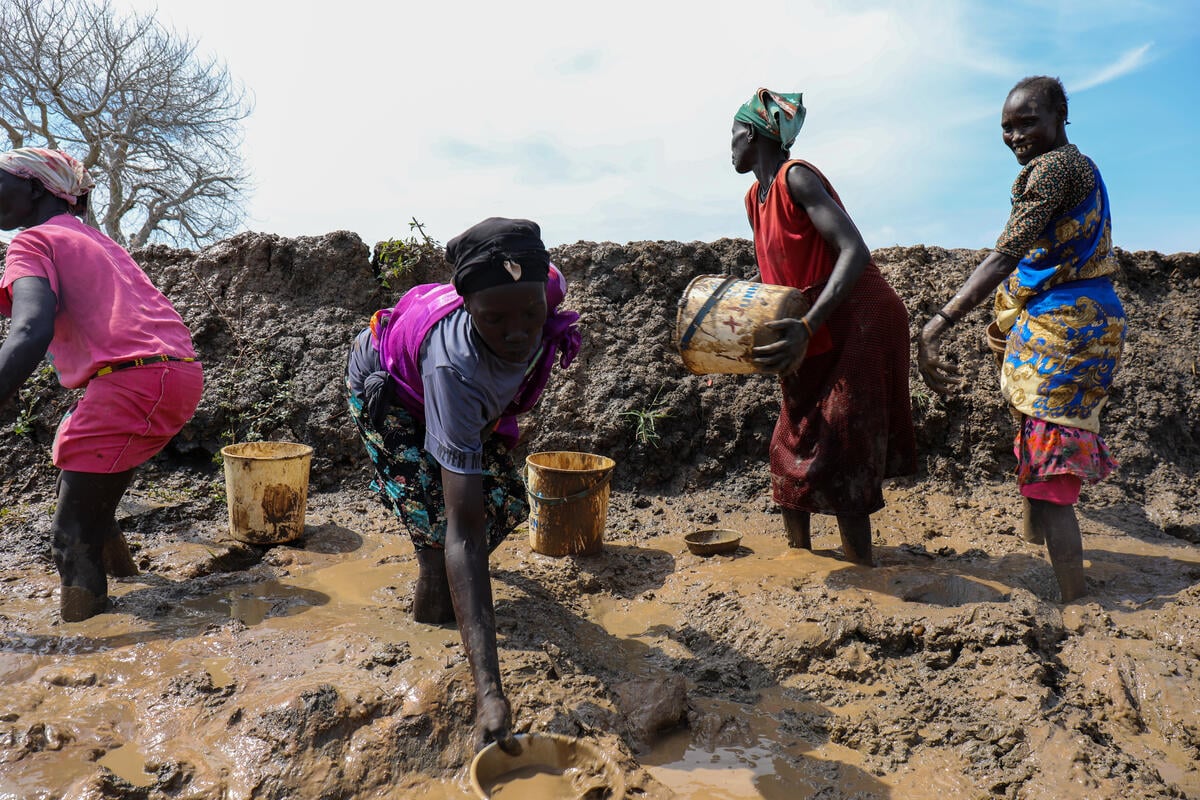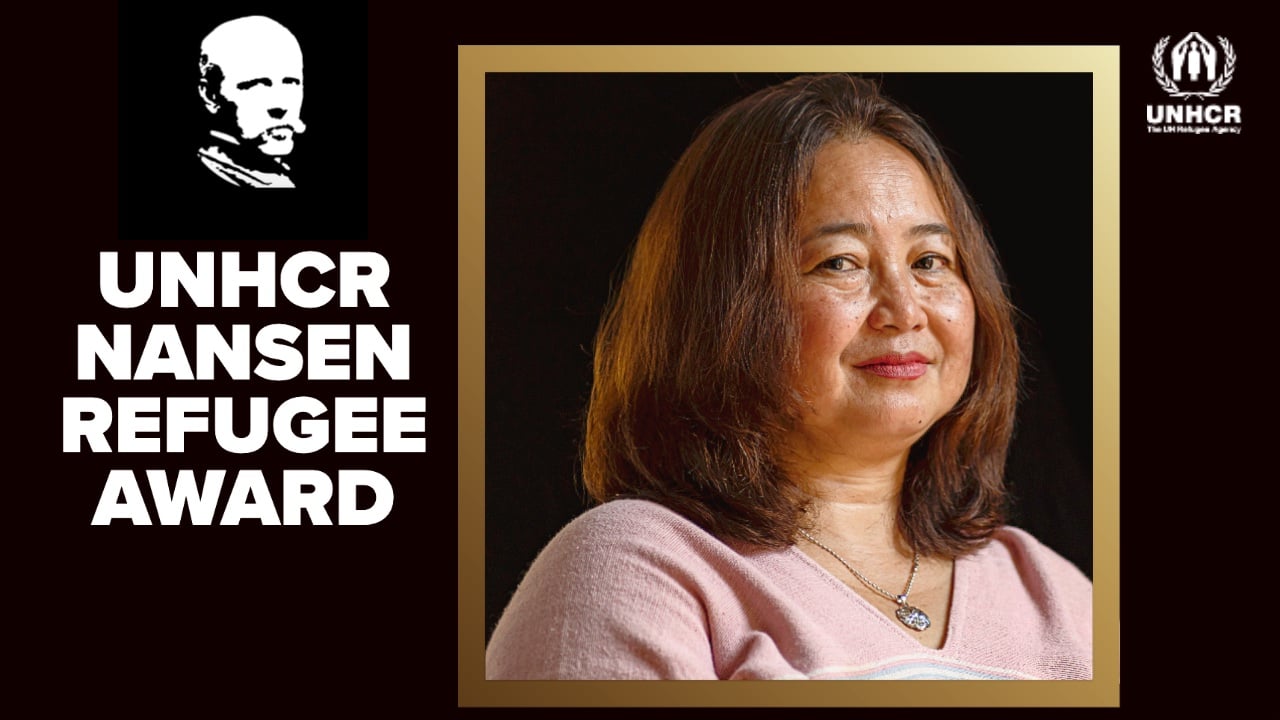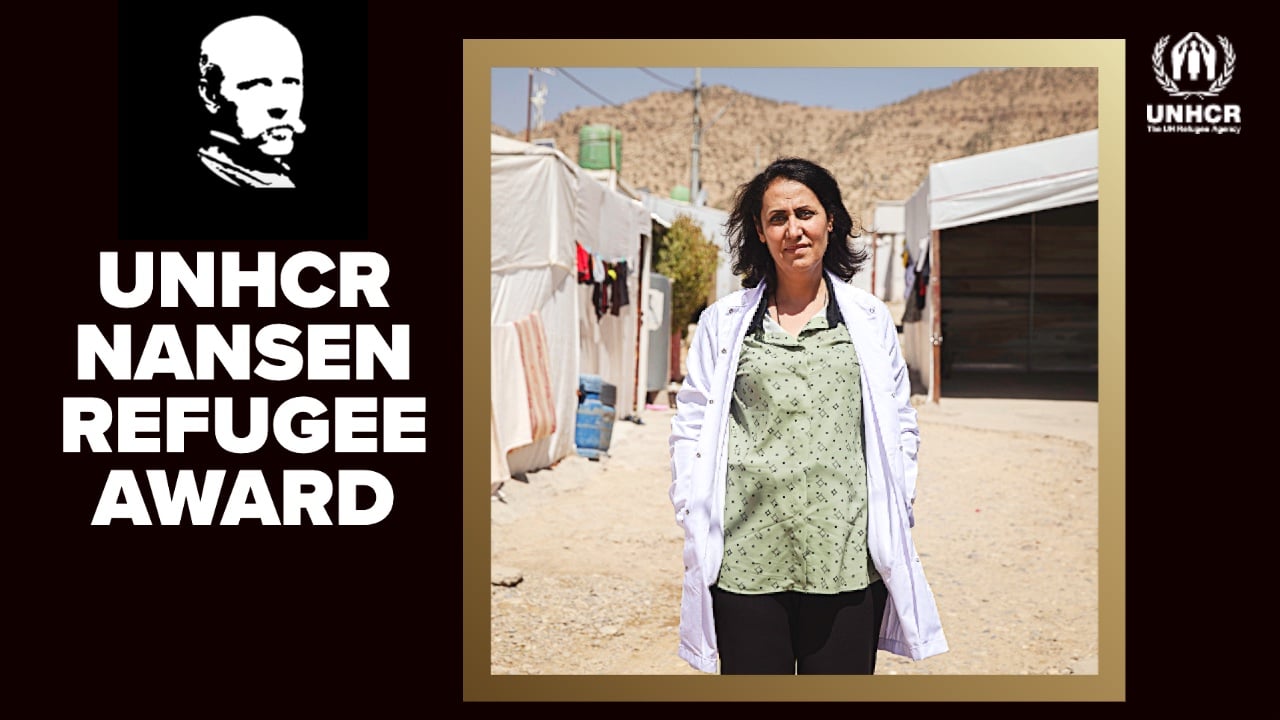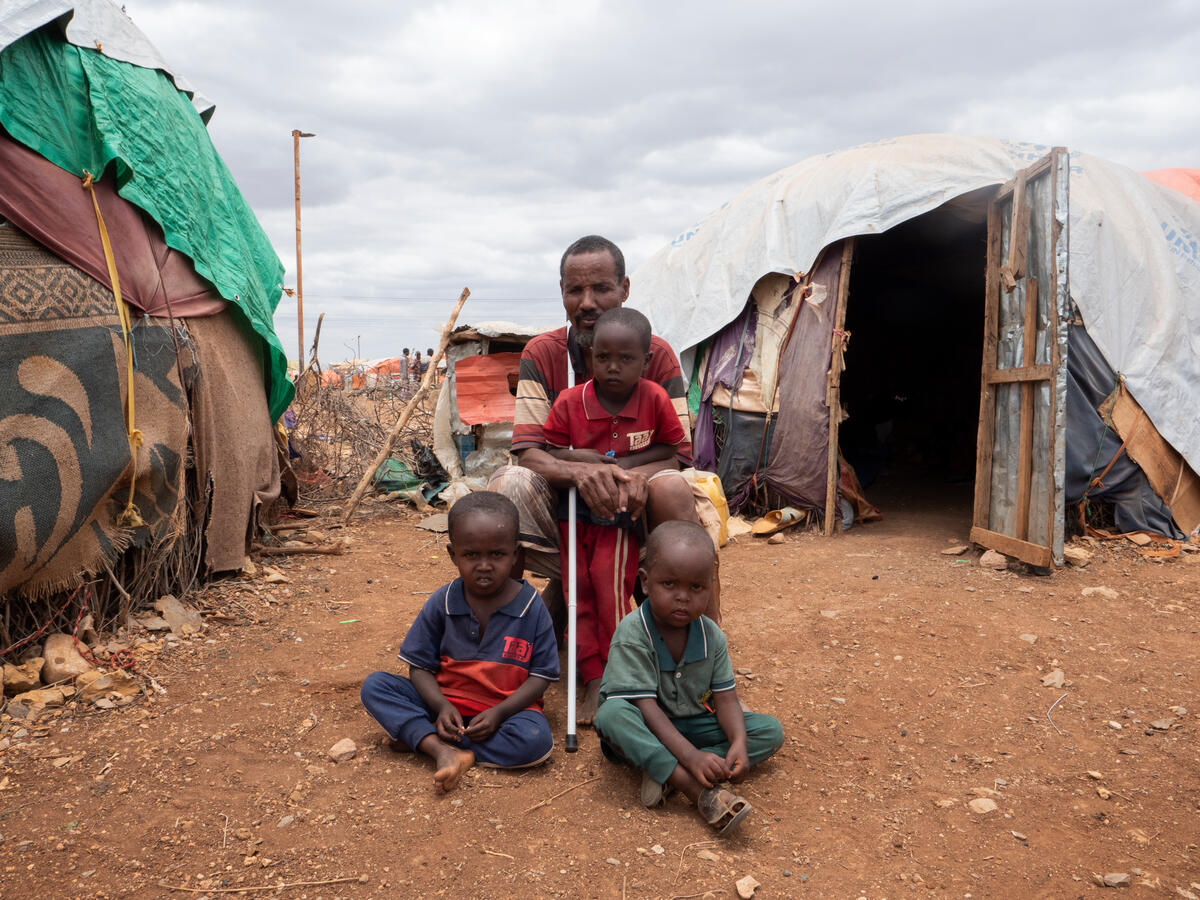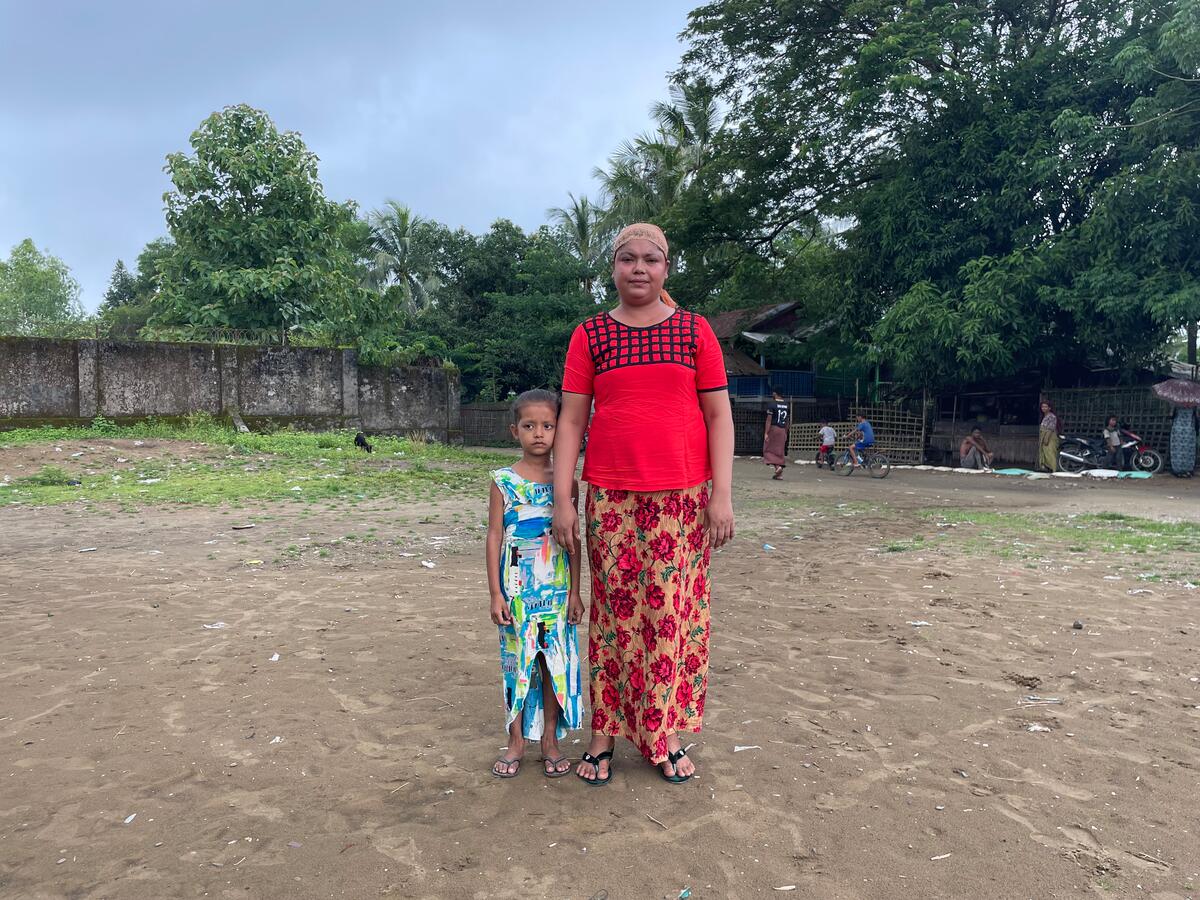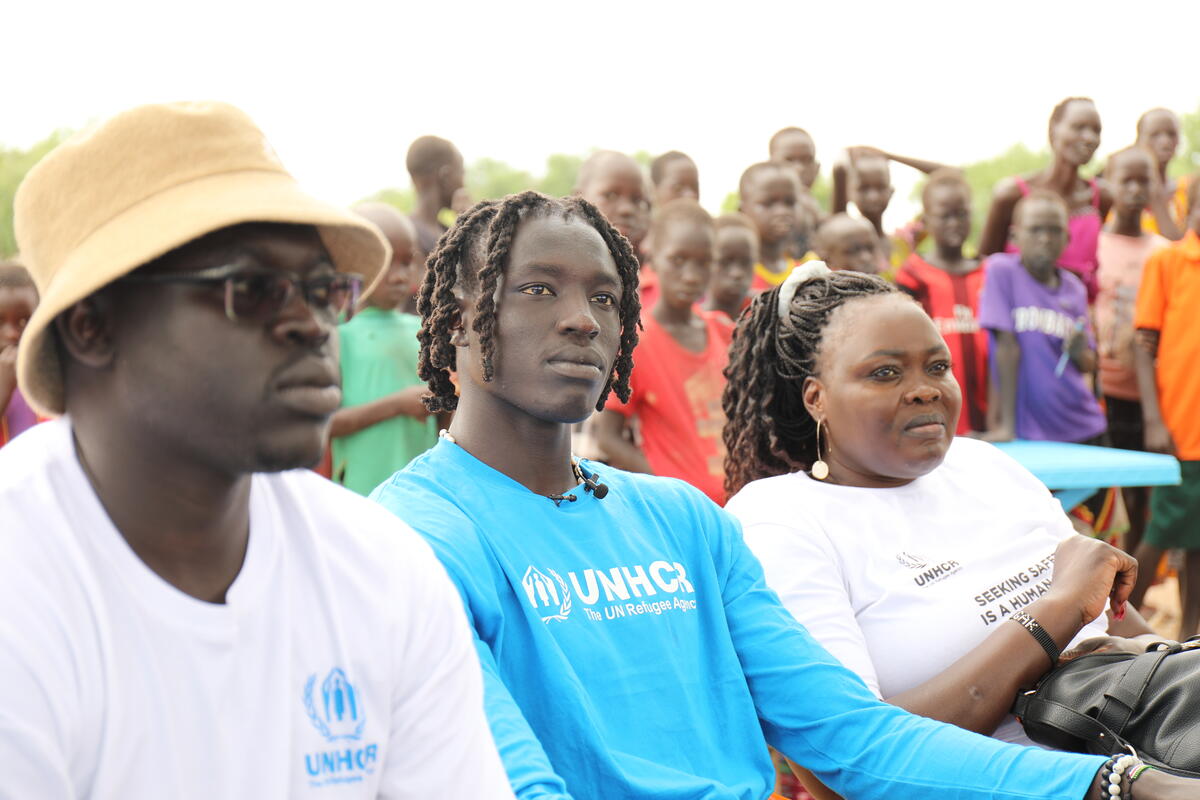Fresh fighting in Mogadishu swells exodus figures to 57,000 since February
Fresh fighting in Mogadishu swells exodus figures to 57,000 since February

NAIROBI, Kenya, March 28 (UNHCR) - An estimated 57,000 people have fled violence in the Somali capital Mogadishu since the beginning of February, including more than 12,000 in the last week when escalated fighting left at least 24 people dead. The figures were compiled by UNHCR based on information provided by non-governmental organisations in Somalia.
UNHCR's local partners in Mogadishu said they had seen hundreds of people waiting anxiously during the weekend in crowded bus stations or searching for truck drivers to take them out of the volatile coastal city. Others had packed their meagre belongings onto donkey-drawn carts and headed for safety.
There has been a steady exodus from the city since the beginning of February, when armed groups clashed with forces of the Transitional Federal Government (TFG), which seized the capital in December from the Islamic Courts Union. Mortar rounds and other fire has since killed many civilians in residential areas and internally displaced people (IDP) settlements.
The outflow intensified last week and the TFG told civilians to leave certain areas of the city, apparently so that it could step up its offensive against the insurgents. At least 24 people have been killed and hundreds wounded in the latest fighting, while an estimated 12,000 people have fled Mogadishu since Wednesday last week.
Most people leaving the city have headed south to the neighbouring Shabelle Hoose (Lower Shabelle) region, according to UNHCR's local partners. Many of the new arrivals were destitute women and children who lacked clan support and access to humanitarian aid, including treatment for prevalent health problems such as diarrhoea.
They are hungry and face harassment from thugs, while the mothers worry about their children not being able to go to school. Those who can afford it are looking for a house to rent, but most shelter under trees. "Rents have soared in the town of Afgooye and there are no longer houses for rent in Merka," said one of UNHCR's local partners in Shabelle Hoose, referring to towns west and south-west of Mogadishu where thousands have recently arrived.
Since the beginning of March, some 2,250 inhabitants of the Somali capital have travelled more than 700 kilometres north-east to Galkayo, where UNHCR has a presence. Most people reach the town in the autonomous region of Puntland after a jarring truck ride of up to five days.
"These people remain at risk even after leaving Mogadishu," another UNHCR partner said, referring to those making the long journey. "They have to travel through illegal road blocks, knowing that their belongings might attract thugs and fearing that they might be killed or see their teenage children be raped or abducted."
In Galkayo, UNHCR Protection Officer Alexander Tyler said most of the people arriving from Mogadishu were women and children with relatives or clan links in the town, where they either stayed with family or moved to one of 14 IDP settlements. New arrivals have said it is difficult for men to make the journey because it means crossing clan lines, which would put them at risk of revenge killings.
Tyler said those moving to the IDP settlements arrived with the most basic household items and depended on other people to support them. "They have to live in the shelters of other IDPs and to ask them for food, which puts further pressure on the limited capacity of Galkayo to cope with already up to 25,000 IDPs," he added.
Meanwhile, the IDP settlements in Mogadishu house some 250,000 people. They are often located next to military barracks, police stations or public buildings, which have been systematically targeted in the past two months of fighting. After 10-15 years of displacement, some of these IDPs have decided to travel back to their native region, notably to Baidoa some 220 km north-west of Mogadishu.
This new displacement is further aggravating an already stretched humanitarian situation, as UNHCR and the other aid agencies have no access to Mogadishu and the surrounding regions due to the rampant insecurity. There are currently an estimated 400,000 IDPs in Somalia and tens of thousands of others have fled to neighbouring countries.
By Catherine Weibel in Nairobi, Kenya


